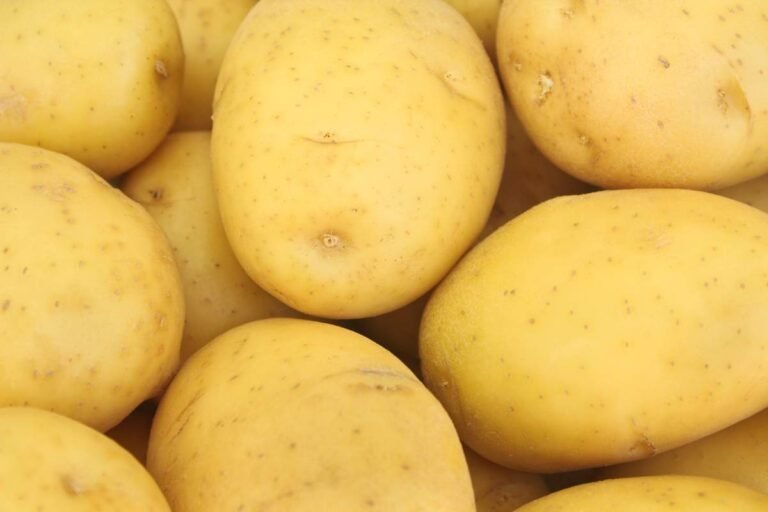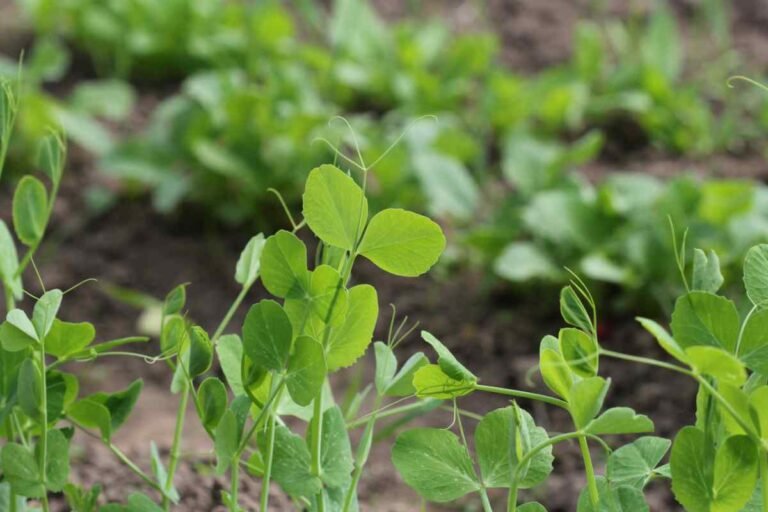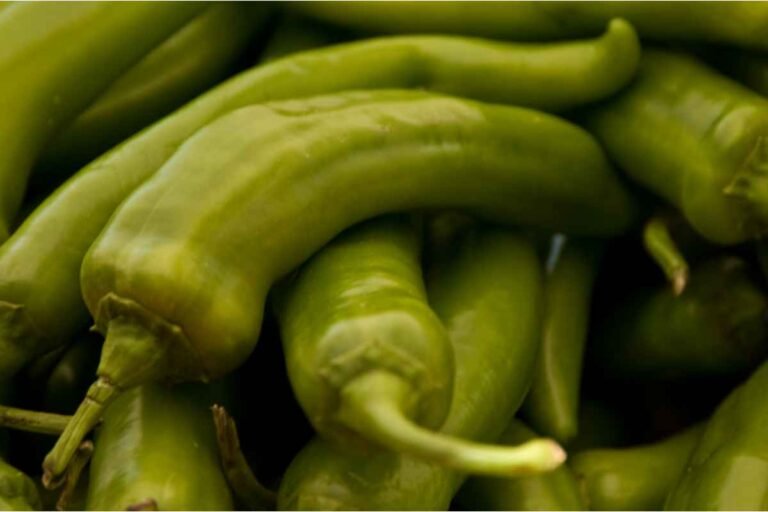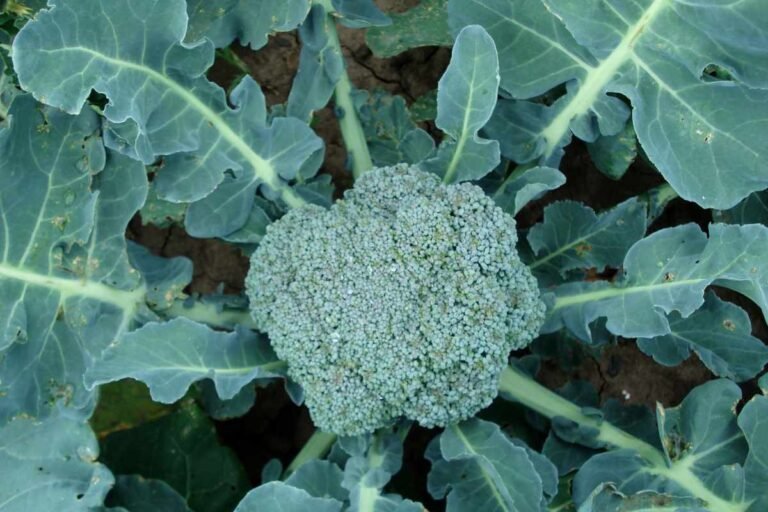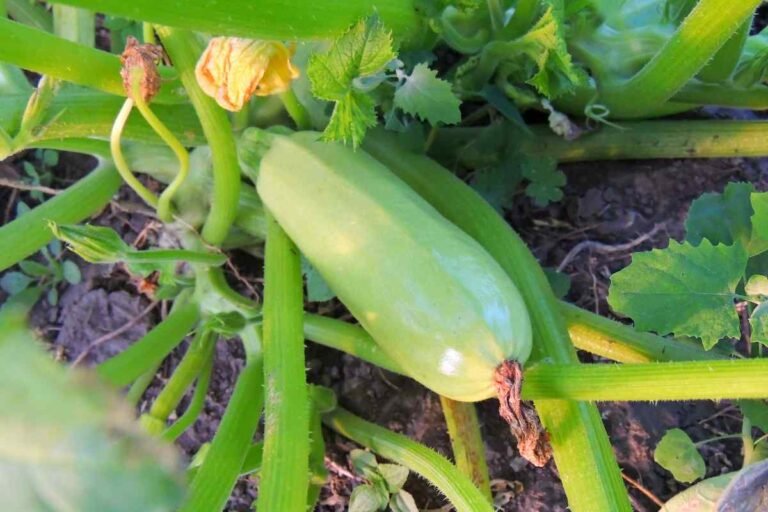How To Grow Turmeric In Pots At Home
Turmeric, often known as golden spice, is a widely used cooking ingredient but has also been used medicinally for thousands of years. Turmeric contains a substance called Curcumin, which has anti-inflammatory and antioxidant properties. Turmeric is significantly more expensive to purchase than its close sibling, ginger. Raising your own food provides both financial and health benefits. Besides understanding how to grow turmeric, we’ll also go through some of its health benefits.
Preparing to Plant
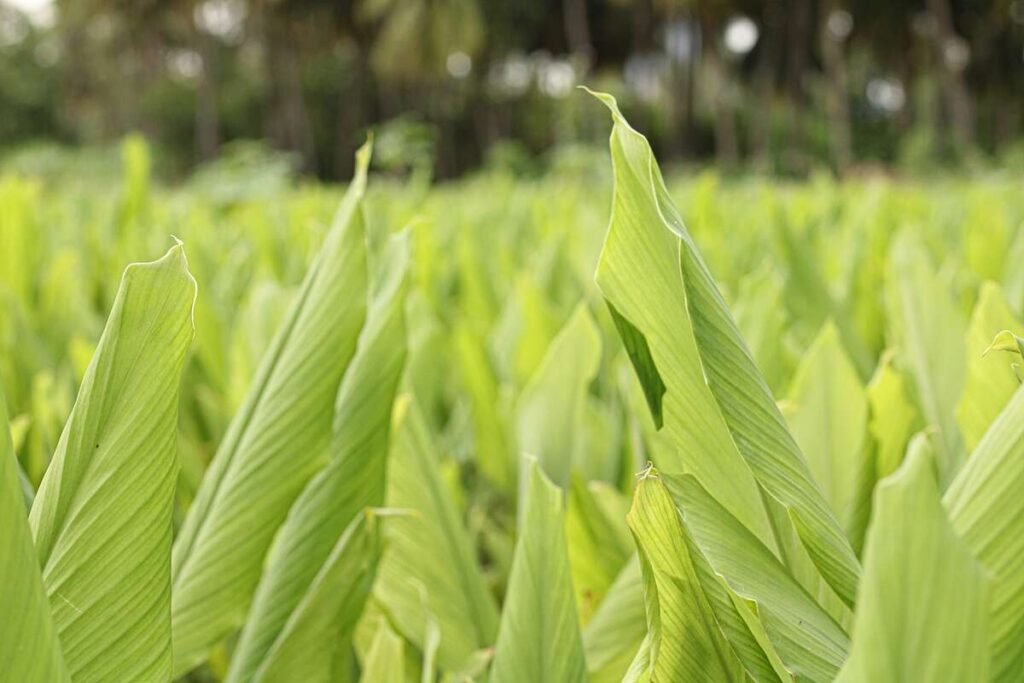
Turmeric grows best indoors in the late winter in the majority of the United States. Depending on your indoor and outdoor space, you can either take it outside after there is no possibility of frost and the temperature is high enough to plant your pepper and eggplant seedlings, or you can leave it inside as a houseplant throughout the summer. Also, you can grow it entirely outdoors if you live in Zones 8 to 11.
1. Decide when to plant
From planting to harvesting, turmeric requires seven to ten months. Start counting down 10 months from when you typically experience your first fall frost to determine when to plant. I would plant my turmeric between mid-December and mid-March as my first frost occurs around mid-October. Planting in late winter to early spring is likely to yield the greatest results, even if your growing season is longer or you have a large, sunny indoor place to grow it in.
2. Where to get your rhizomes
Turmeric grows from rhizomes, which are fleshy root-like structures. In the winter, both my local grocery and health food store sell fresh rhizomes. Asian or Indian groceries may also carry it or be able to order some for you. If you can’t locate them nearby, fresh turmeric rhizomes can be purchased from a variety of retailers on Amazon or eBay. Choose thick rhizomes with as many buds as possible around the sides.
Planting
For every 6 to 8 inches of rhizome, you’ll need a 14- to 18-inch pot or planter, as well as enough potting soil to fill it. However, it is more practical to start by sprouting your rhizomes in smaller containers and then transplanting them into larger containers after they have a few leaves and are developing well. Here’s how it’s done:
1. Divide your rhizomes into pieces of two or three buds apiece.
2. Use good potting soil to fill 3-inch pots halfway.
3. Place the rhizome portions flat on the soil and cover them with additional potting soil.
4. Fill the pots with water and place them in clear plastic bags.
5. Keep the pots in the warmest location possible (80 to 90 degrees is optimal). Lower temperature sprouting will be exceedingly slow, and your rhizomes may even die rather than sprout. Is there no warm location? A heating pad or tiny desk lamp, a picnic cooler, and a thermometer can be combined to create an excellent germination chamber. You can also purchase a small germination chamber for home use. At this point, light or no light is acceptable.
Plant Care and Maintenance
1. Maintain a light and warm atmosphere.
Monitor your pots every few days, and when sprouts appear, move them to a windowsill or under a grow lamp. Unless your house is extremely hot (the ideal growing temperature at this phase is 70 to 80 degrees), you should place them on a heat mat set to the low 70s. Remove the plastic covers as the plants outgrow them.
2. Water as required.
Once you’ve opened the little greenhouses, start watering your turmeric as required. Keep the soil wet but not waterlogged, and spray the leaves with water once or twice a day to keep the humidity up. Letting the soil dry out at any stage may limit your yield.
3. Move the plants to larger pots
When your plants reach a height of 6 to 8 inches, transplant them into big pots that are filled with potting soil. Reduce the heat mat’s temperature by a few degrees each week until you reach 70 degrees. You can now detach the heat mat as long as your indoor temperature stays around 70 degrees.
Otherwise, keep using the heat mat. When a plant in an intermediate-sized pot becomes heavy or begins to produce new shoots, it is ready to be moved into its final pot or planter.
4. Transfer plants outside.
When there is no longer any possibility of frost and only mild nights are predicted, move your turmeric outside. To prevent fragile leaves from burning in the sun during the first few days, provide some partial shade. During the summer and fall, keep watering as necessary to maintain wet but not waterlogged soil. Use compost tea to water your growing plants every two weeks, or use a fertilizer made for potatoes or root vegetables, to feed them.
Harvesting
Seven to ten months after planting, your turmeric is prepared for harvesting when the leaves and stems begin to turn brown and dry. Wipe the soil off your fresh turmeric and pull out the plants with all of their soil. Rhizomes should be thoroughly washed once the stems are cut off about 1 inch above their mass of them.
Storing and Eating
In an airtight bag or container, rhizomes can be stored in the refrigerator for up to six months; to store them for longer, place them in the freezer. Don’t forget to save a few of the biggest for replanting.
Prepare your own turmeric powder if you’d like. The rhizomes should be placed in a pot with water covering them. Bring to a boil, then heat until they are readily pierced with a knife (this may take 45 to 60 minutes).
The boiled rhizomes should be drained, the peel removed with your fingers, and then they should be dried in the sun or in a food dehydrator set to 140 degrees until they are dry and break cleanly when bent. To create turmeric powder for cooking, crush dried rhizomes in a spice grinder or a coffee grinder. When handling turmeric rhizomes, you might want to use gloves because they can stain your fingers an intense orange color that won’t go away.
Enjoy your delicious and nutritious harvest!
Health Benefits of Turmeric
Turmeric Is a Powerful Antioxidant
The antioxidant effects of the Turmeric compound have been known for decades. Antioxidants are crucial because they protect the body from free radicals that can harm organic cellular components. In general, antioxidants are excellent for fighting aging. Turmeric is therefore excellent for promoting a general sense of well-being and a healthy appearance.
Turmeric Improves Brain Function
The key to living a long and enjoyable life is maintaining good brain health. Turmeric is well known for boosting hormone production in the brain and preventing the decline of brain function.
Turmeric Has the Potential to Fight Alzheimer’s Disease
Turmeric has been shown to help prevent Alzheimer’s disease, one of the most severe mental ailments. Alzheimer’s disease causes cognitive decline, loss of both short and long-term memory, and even physical decline. The formation of damaging protein tangles in the brain and inflammation in the brain are two potential causes of this. Turmeric has been linked to a direct reduction in both.
Turmeric is Effective Against Depression
In an interesting study, 60 people with depression were given a dose of Turmeric, and the outcomes were found to be strikingly comparable to those of the test group who received Prozac. Much more impressive outcomes were seen when Prozac and Turmeric were combined. The research demonstrated that Turmeric was effective in easing depressive symptoms and increasing the brain’s synthesis of antidepressant hormones.
The cholesterol-lowering effects of Turmeric.
Triglycerides in the body have shown to decrease in correlation with Turmeric. These are blood-borne lipids that link to elevated cholesterol levels. By lowering these fat levels, turmeric pills can significantly lower cholesterol.
Turmeric Is an Effective Anti-Inflammatory
One of the most common causes of sickness in contemporary life is chronic inflammation. It causes cancer, high blood pressure, heart disease, and more. Many senior Westerners deal with this issue regularly. Strong anti-inflammatory activities of Turmeric have been demonstrated, which assist in lowering these health concerns.
Combating Heart Disease with Turmeric
According to statistics, heart disease is the greatest threat humans will ever face. It is the world’s leading killer of people. That is why it is crucial to combat it. Fortunately, Turmeric’s potent anti-inflammatory and antioxidant effects can significantly lower the risk of heart disease.
Diabetes May Be Treated With Turmeric
According to a recent study, the Turmeric component, when condensed into tetrahydro curcumin, can treat type 1 and type 2 diabetes very well. The substance was demonstrated to spontaneously raise plasma insulin levels and lower blood sugar levels in diabetic rats. Research suggests that Turmeric may be useful in the treatment and management of diabetes.
For Arthritis, Turmeric Works Well
Similar to the aforementioned, arthritis is a disease that affects many elderly and even young people worldwide. Joints inflamation is the primary cause. Extreme pain and joint deformity result from this. Turmeric is well known for reducing inflammation and treating and relieving arthritis.


